The Canada goose and the Domaine Saint-Bernard
In spring, we hear the calls of the Canada geese; the sound announces a transformative time for nature, with warmth and longer days. Did you know that those birds can travel up to 1,000 km in less than a week? Canada geese migrate twice a year. In the spring, they travel slowly north, following the line of the melting snow.
The migration can last for weeks before they reach their goal, particularly if they are heading for more northerly regions such as the Arctic. Canada geese can make several stops en route to feed in key regions and top up their reserves.
Pinned to the ground
Every year, these wild geese must replace their flight feathers, also known as remiges. As a result, they are unable to fly to four or five weeks. During this moulting period, they like to stay in places where there is open water in which they can take refuge and find a good stock of the protein-rich food needed to grow their new feathers.
A solid family
The Canada goose finds a companion for life with the goal of reproduction. The offspring live with their parents until the next brood. If a young one gets separated from its family, another family will adopt it.
The nesting sites are often found close to the water and are chosen to provide some protection from the wind, while also allowing the geese to see the approach of predators.
After the eggs hatch, the families leave their nests, sometimes walking several kilometers in a few days to reach their rearing site. A couple and their goslings make up an almost inseparable group.
Paradise
The Domaine Saint-Bernard is a dream site to raise a family. It provides everything a Canada goose could dream of: a lake, grasses and sedges, a field, protection from the wind: paradise!
Two years ago, the Domaine had to close access to Lac Raynaud for several weeks because of a significant presence of fecal coliform thanks to the geese. An action plan was adopted, with the help of the Québec Ministry of Forests, Wildlife and Parks, to preserve the water quality.
Actions taken
The first stage of the action plan was to frighten the Canada geese so that they wouldn’t return to nest in the same places. Madeleine, an energetic working dog, was hired for a modest sum: that of having fun chasing the geese along with many good nights’ sleep.
The second stage was to build a fence along the beach and the field; this measure was unfortunately ineffective.
The final stage was to build a fence around the beach, and this was a winner: only one mother and her two goslings were present.
In addition, the presence of a new enemy was observed: a turtle! A small, curious turtle approached the shore and the mother goose angrily left the water, whistling loudly. Perhaps that will be enough to discourage mother goose from returning next year. Who knows?
Catherine Lemieux13 Posts
Adjointe à la directrice et cheffe des communications. Assistant of the director and head of the communication.
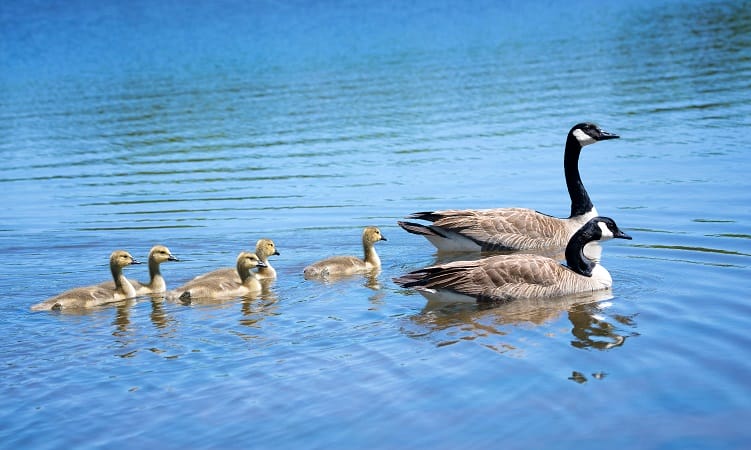

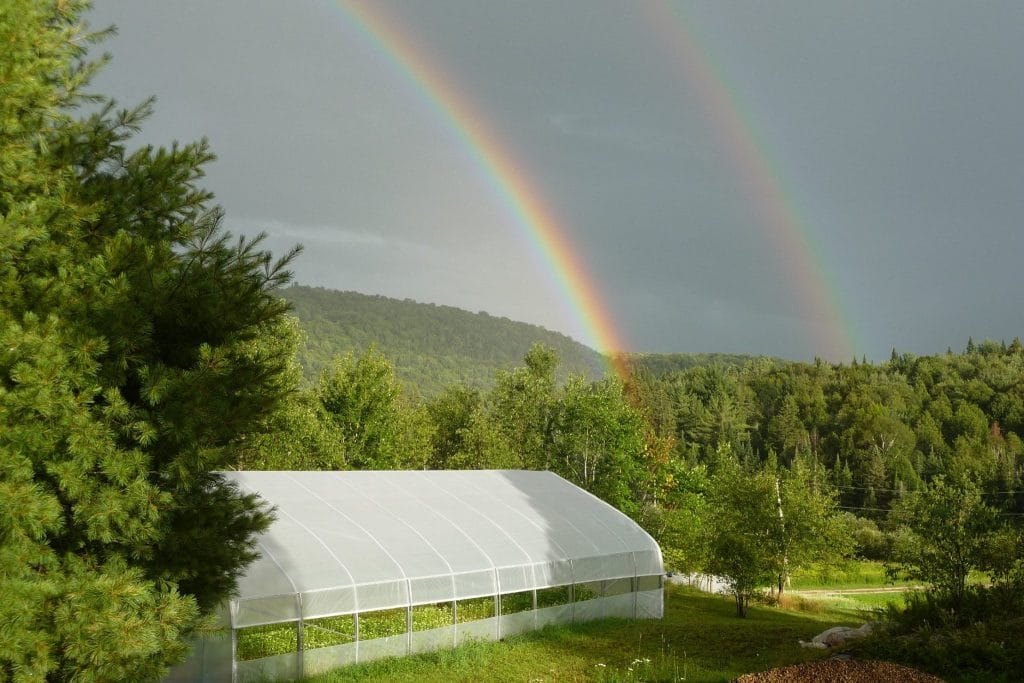
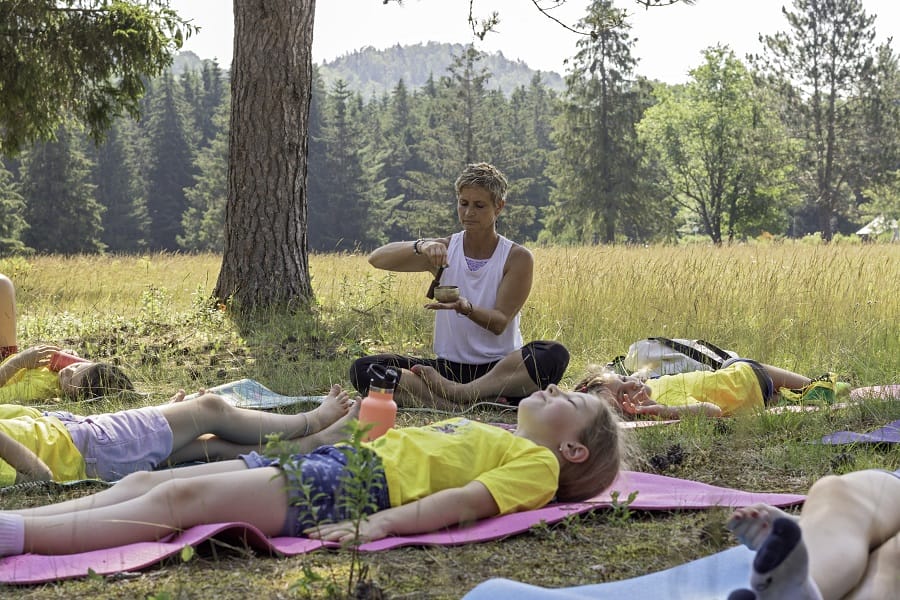
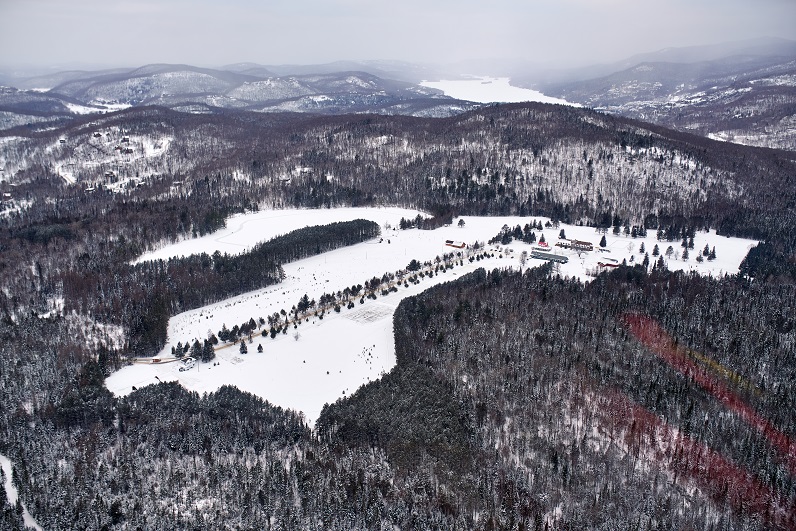

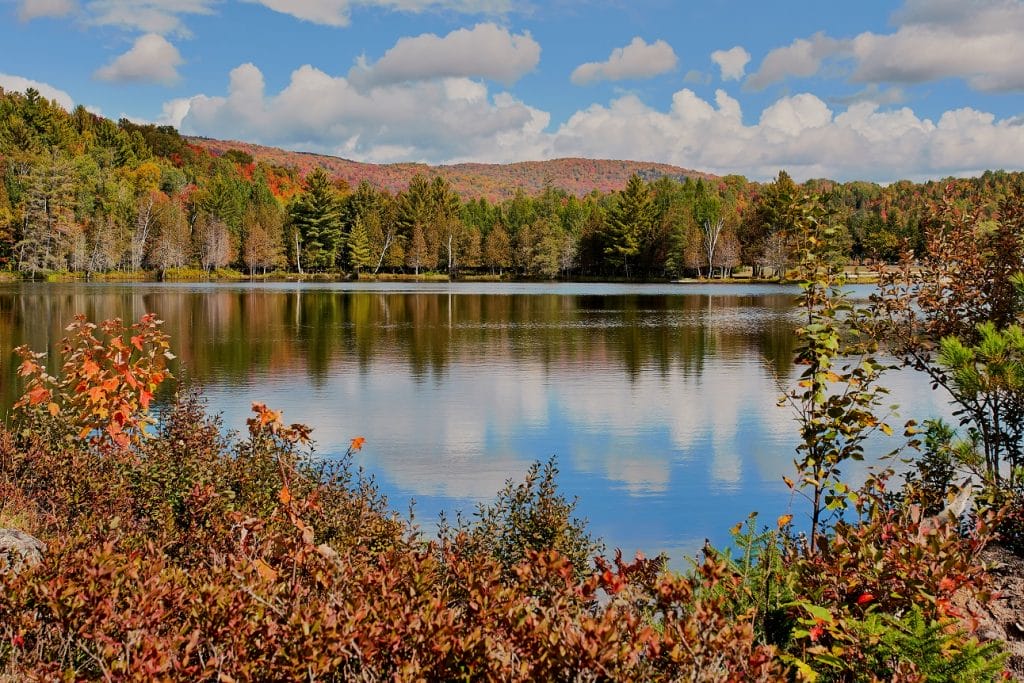

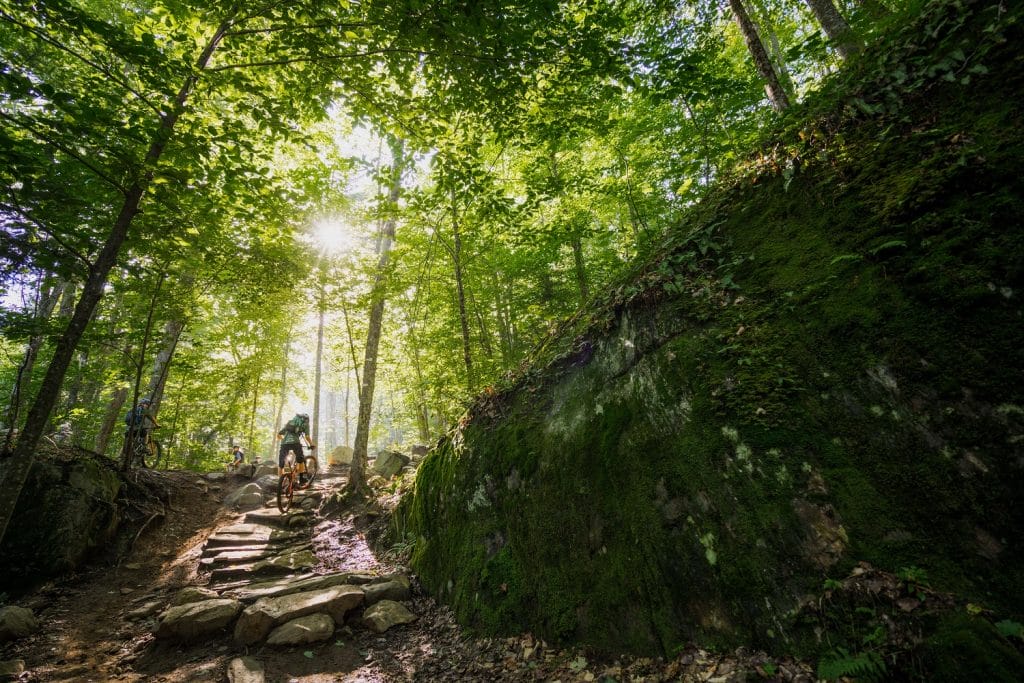



0 Comments